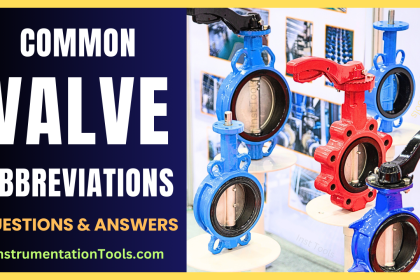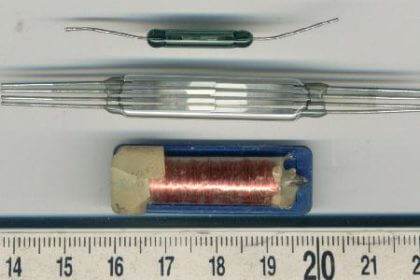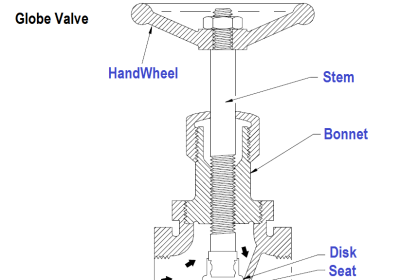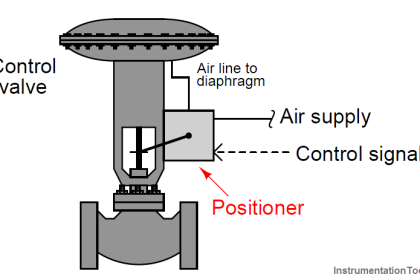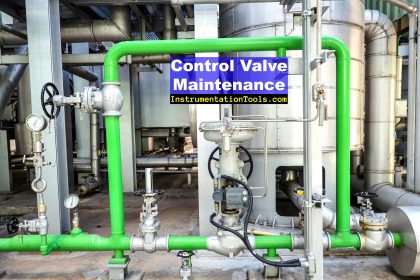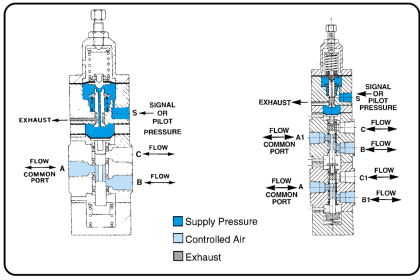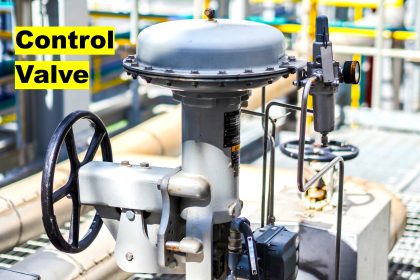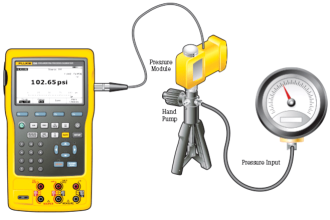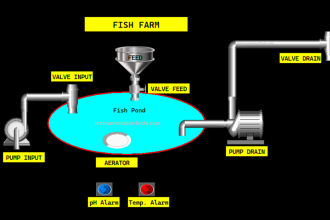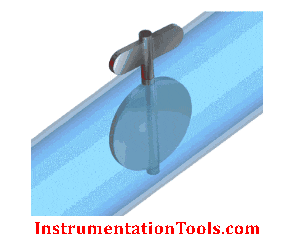Valves are a very important part of industrial automation. They are used to allow the flow of media through a pipeline. They can operate either automatically or manually.
Automatic control means a controller like a PLC, DCS, or microcontroller will turn on or off the valve or in the case of a modulating valve, control its positioning. It does this based on some feedback from sensors or control logic developed for real-time monitoring.
Manual control means an operator will be required to physically go and operate the valve by hand, according to his requirement. In any case, a valve is a very efficient device for allowing or disallowing the flow of media. If the valve fails to operate, then it can become hazardous for an application, because such sudden breakdowns can hamper the process.
So, there require some means to operate the valve in case of a failure, for bringing the system to a safe shutdown. For that, two valves are available which are generally used – fail open and fail close. In this post, we will learn the concept of a fail-close valve.
Fail-Close Valve
Consider a double-acting valve here for example. A double-acting valve means it will require two signal commands for operating – one for opening and one for closing.
A power supply will be continuously required for that valve. The valve is, for example, handling water pressure. Now, it is to be noted that apart from the electric power supply, the pressure of media like gas, air, or liquid also plays a very important role in operating the valve; because they act as a mechanical force for them.
In any case of electric power supply failure (power off) or mechanical pressure failure (means if it detects that the required operating pressure is not available), then this double-acting valve will remain stranded as it is in the last position and hamper your whole process.
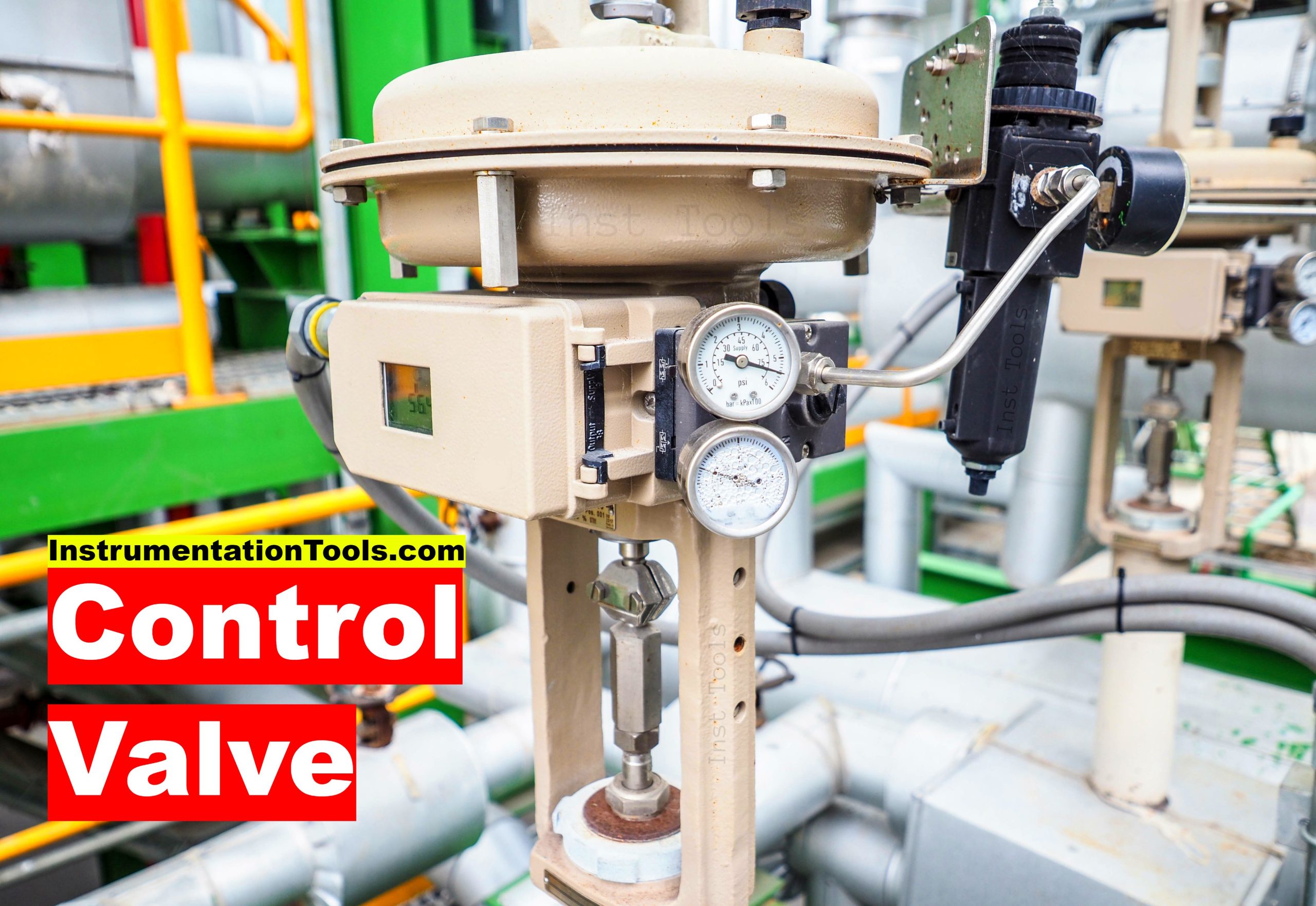
To avoid this, if we convert this normal double-acting valve into a fail-close valve, then this situation will not arise. Basically, a fail-close valve, as the name implies will operate itself to move in a close position when some power failure or signal failure happens.
A fail-close valve is designed to automatically close when some failure happens in terms of power or pressure. The valve continuously monitors itself for the power supply or pressure handling. In case of any such signal failure, it will close automatically to its home position. It also detects control signal failure. It means it will not detect normal on or off, but wire break or any malfunction in the electrical signal.
Advantages of Fail Close Valve
- They are made with high-quality material, as they require an increased force internally to operate in case of failure. So, they have a high amount of reliability and efficiency.
- Critical applications where the unwanted flow can damage the system uses this valve. It will immediately close the circuit and prevent any untoward incident.
Disadvantages of Fail Close Valve
- They are very expensive in price and sometimes, due to this reason, a normal valve is installed by no choice.
- The durability of this valve is a little on the lower side and it can break easily in case of some high external force.
- Though it closes properly, there are chances of leakage in it sometimes; thus avoiding fool-proof protection.
- They are difficult to install and maintain; trained professionals are required to operate them.
If you liked this article, then please subscribe to our YouTube Channel for Instrumentation, Electrical, PLC, and SCADA video tutorials.
You can also follow us on Facebook and Twitter to receive daily updates.
Read Next:
- Protect Pumps from Cavitation
- Pressure Relief Valve Principle
- Valve Multiple Choice Questions
- Control Valve Overhauling Job
- Tank Overflow due to Valve
